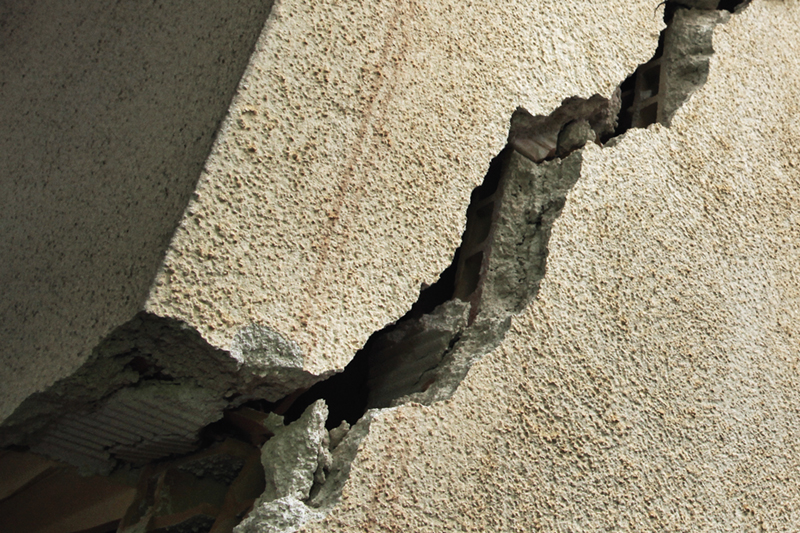Seismic risk

The national territory is entirely seismic - and all Italian municipalities can be damaged by earthquakes - but the strongest earthquakes tend to occur in certain areas: in North-Eastern Italy (Friuli Venezia Giulia and Veneto), in Western Liguria, in the Northern Apennines (from Garfagnana to Rimini), and along the Central and Southern Apennines, in Calabria and Eastern Sicily.
It is not possible to predict with certainty when, with which intensity and where an earthquake will occur. However, the most dangerous areas involved and the consequences associated with an earthquake are well known: being prepared is the best guarantee to prevent and reduce the consequences of an earthquake.
The seismic risk - resulting from the combination of danger, vulnerability and exposure - is the measure of the expected damage in a given time span, according to the type of seismic activity, building resistance and human activity (nature, quality and quantity of exposed assets).
The seismic risk of a territory is determined by the frequency and the strength of the earthquakes in that area, or by its seismicity. The higher the seismicity, the more likely it is that an earthquake of high magnitude will occur, given the same time span.
The predisposition of a building to be damaged is defined as vulnerability. The more vulnerable a building is, the greater the consequences of an earthquake will be.
Finally, the greater or lesser presence of assets exposed to risk, that is, the possibility of suffering human losses, economic damage and damage to cultural heritage, is defined as exposure.
Italy has a medium-high seismic risk (for frequency and intensity of the phenomena), a very high vulnerability (for fragility of the building, infrastructural, industrial, productive and services heritage) and a very high exposure (for population density and presence of a historical, artistic and monumental heritage unique in the world). Our Peninsula is therefore at high seismic risk, in terms of human losses, damage to buildings, direct and indirect costs following an earthquake.